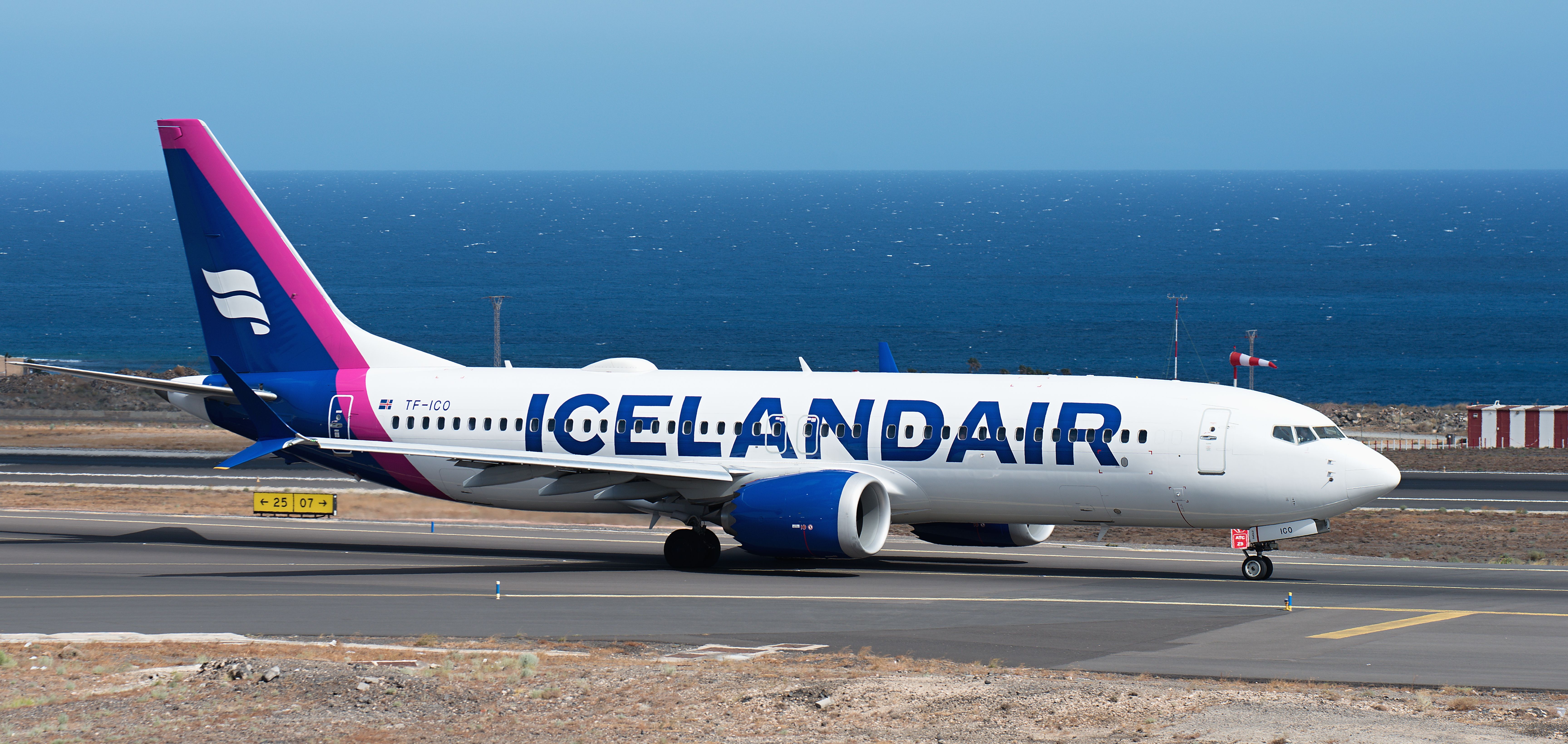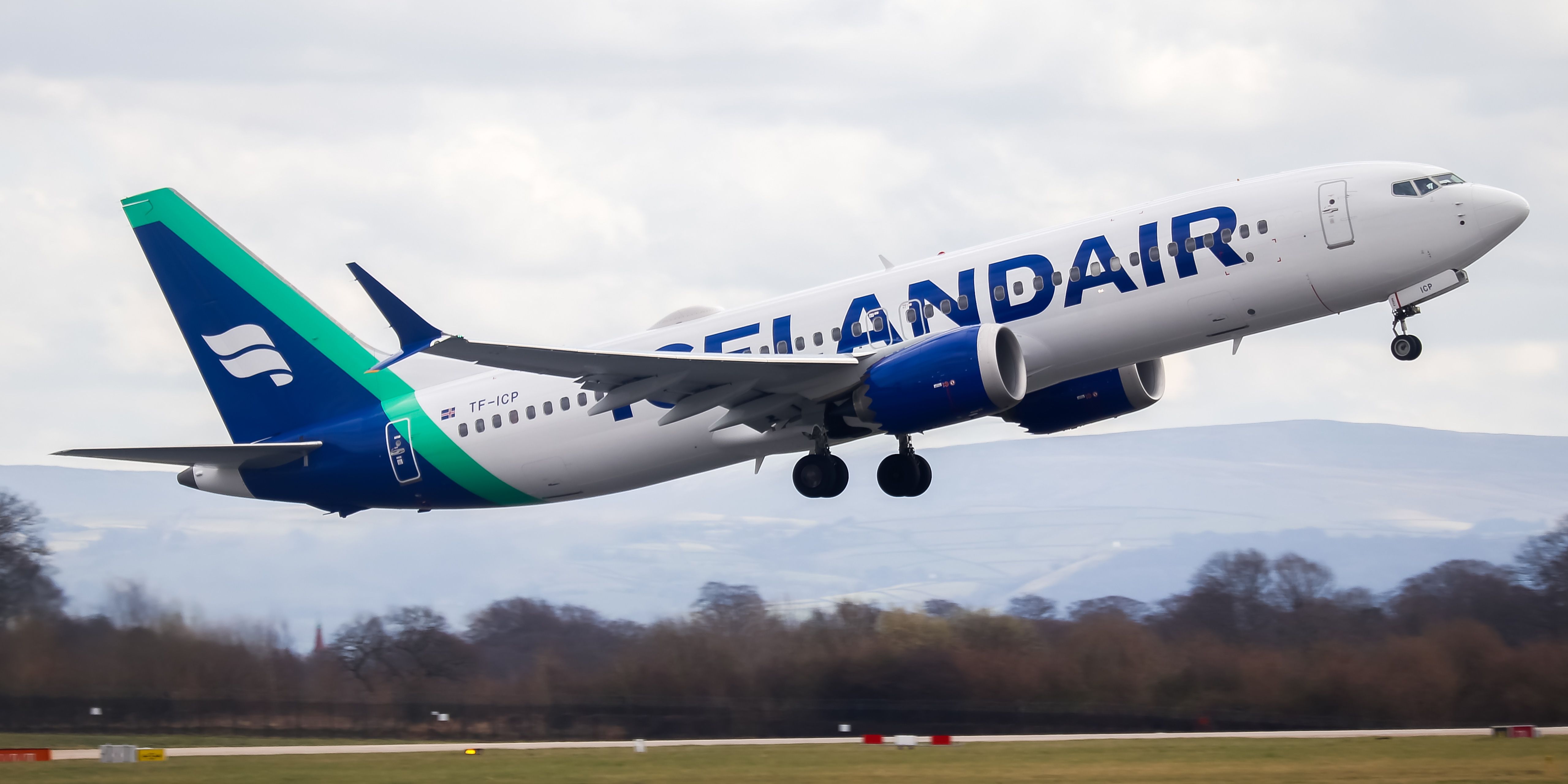Summary
- Icelandair reports record profits in Q3, driven by strong revenue generation in passenger flights, with revenue per available seat kilometer hitting a record 9.3 cents.
- North American demand for travel to Iceland is on the rise, with a 13% increase in travelers during the quarter, resulting in a load factor of 87%.
- The cargo business presents challenges for Icelandair, negatively impacting financial performance. The company plans to improve operations and adjust capacity to meet demand.
Iceland is definitely a travel destination hotspot, and strong demand from North American adventure seekers propelled Icelandair to a recently reported record third quarter profit.
The airline posted profits of $84.5 million, or 21 cents per share, compared to $57.9 million, or 16 cents per share, in the same period last year.
Revenue for the quarter was $560.3 million as opposed to $486.7 in the year-ago period.
Icelandair president and CEO Bogi Nils Bogason remarked about the earnings in a statement,
“We are pleased to deliver such strong results in our largest and most important quarter. Profits were driven by strong revenue generation in our passenger network resulting in the strongest revenue in one quarter in our history.”
Revenue per available seat kilometer (RASK) hit a record 9.3 cents in the third quarter.
North America Drives Demand
Icelandair posted a 7% increase in passenger count during the quarter on the back of an 11% increase in passenger flights.
The increase in flights slightly impacted the passenger load factor for the airline from 87.6% in Q3 2022 to 84.5 in Q3 2023.
The good news on the passenger front was the increase in demand from North American travelers.
Photo: Pavel1964 | Shutterstock
The number of travelers from the region increased by 13% during the quarter and resulted in a load factor of 87%.
Bogason commented in the statement about the strong demand from North America,
“We see continued strong demand in the tourist market to Iceland, especially from North America. Rapid growth has characterized our operations in the past years with our flight schedule almost tripling in the past two years. We are expecting moderate growth next year and therefore see opportunities to improve operational efficiency.”
The softness came from the European market, which saw a passenger count increase of only 4% with a load factor of 82%.
Cargo business challenges
Meanwhile, the cargo business had a $6.7 million negative impact on Icelandair’s earnings for the third quarter. This was despite a slight increase in cargo revenue of $21 million from $20.2 million in the third quarter last year.
According to the company earnings report, “the increased cost of handling, landing, and navigation [expense] in excess of the capacity increase in the route network is due to large price increases by service providers and more cargo flights.”
Photo: Bradley Caslin | Shutterstock
Bogason reflected in the earnings release on the cargo challenges by stating that his company’s “cargo business continued to be challenging and negatively impacted our financial performance. We are taking actions to improve the operation, including adjusting capacity to demand.”
Outlook remains strong
Despite calls of a pending economic slowdown and a decline in “revenge travel” in the United States, the airline was optimistic for the remainder of 2023.
In the third quarter earnings release, Icelandair provided guidance that the bookings were already strong for the fourth quarter year-over-year. The demand reflects a 30% overall increase in capacity to Iceland compared to the pre-pandemic travel period in 2019.
In comparison, the Icelandair increase in capacity is just under 5%. However, the airline added in its earnings release that it plans to increase capacity by around ten percent in 2024. The capacity increase will primarily be focused in North America, with some additional capacity in the softer European region.
Icelandair plans to operate a total of 42 aircraft in its passenger fleet next summer. This is an addition of three jets over the summer of this year.
It does plan to return one Boeing 757 cargo aircraft to its lessor next spring as Icelandair makes adjustments to its cargo flight schedules in response to customer demand.



